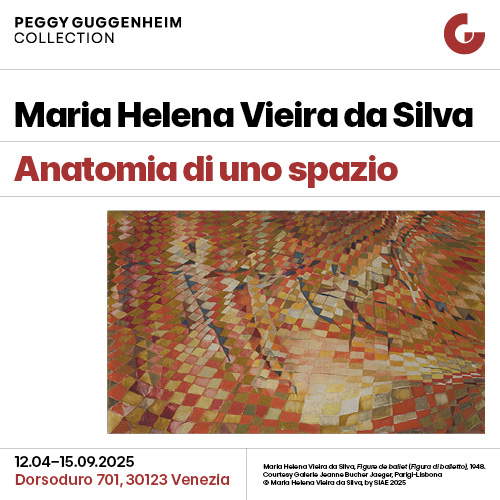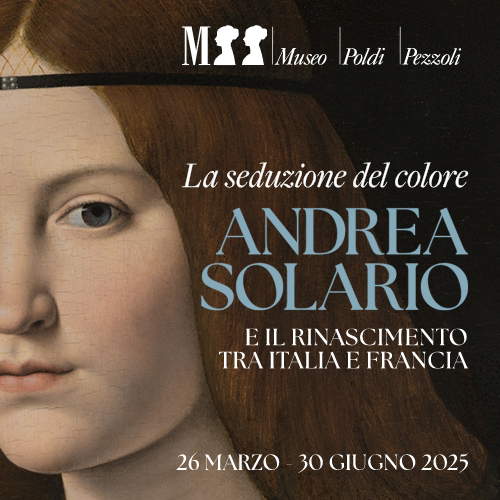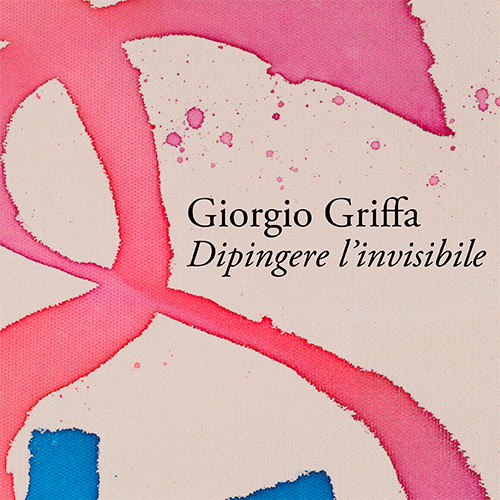Flora, the timeless charm of flowers in Italian art at the Magnani-Rocca Foundation
From March 15 to June 29, 2025, the Magnani-Rocca Foundation in Mamiano di Traversetolo (Parma) under the curatorship of Daniela Ferrari and Stefano Roffi hosts FLORA. The Enchantment of Flowers in Italian Art from the Twentieth Century to the Present, an exhibition celebrating the beauty and symbolic value of flowers through more than 150 works by some of the most important Italian artists of the last one hundred and fifty years. From Boldini to de Pisis, from Balla to Fontana, the exhibition recounts the variety of interpretations that this subject has inspired, interweaving painting, sculpture and contemporary experimentation.
The initiative is part of the recent restoration of the Romantic Park surrounding the Villa dei Capolavori, a unique historic garden in Italy that enriches the exhibition experience with total immersion in nature. The exhibition catalog, published by Dario Cimorelli Editore, includes essays by Daniela Ferrari, Stefano Roffi, Carlo Mambriani, Elisa Martini, Sergio Risaliti and Chiara Vorrasi.
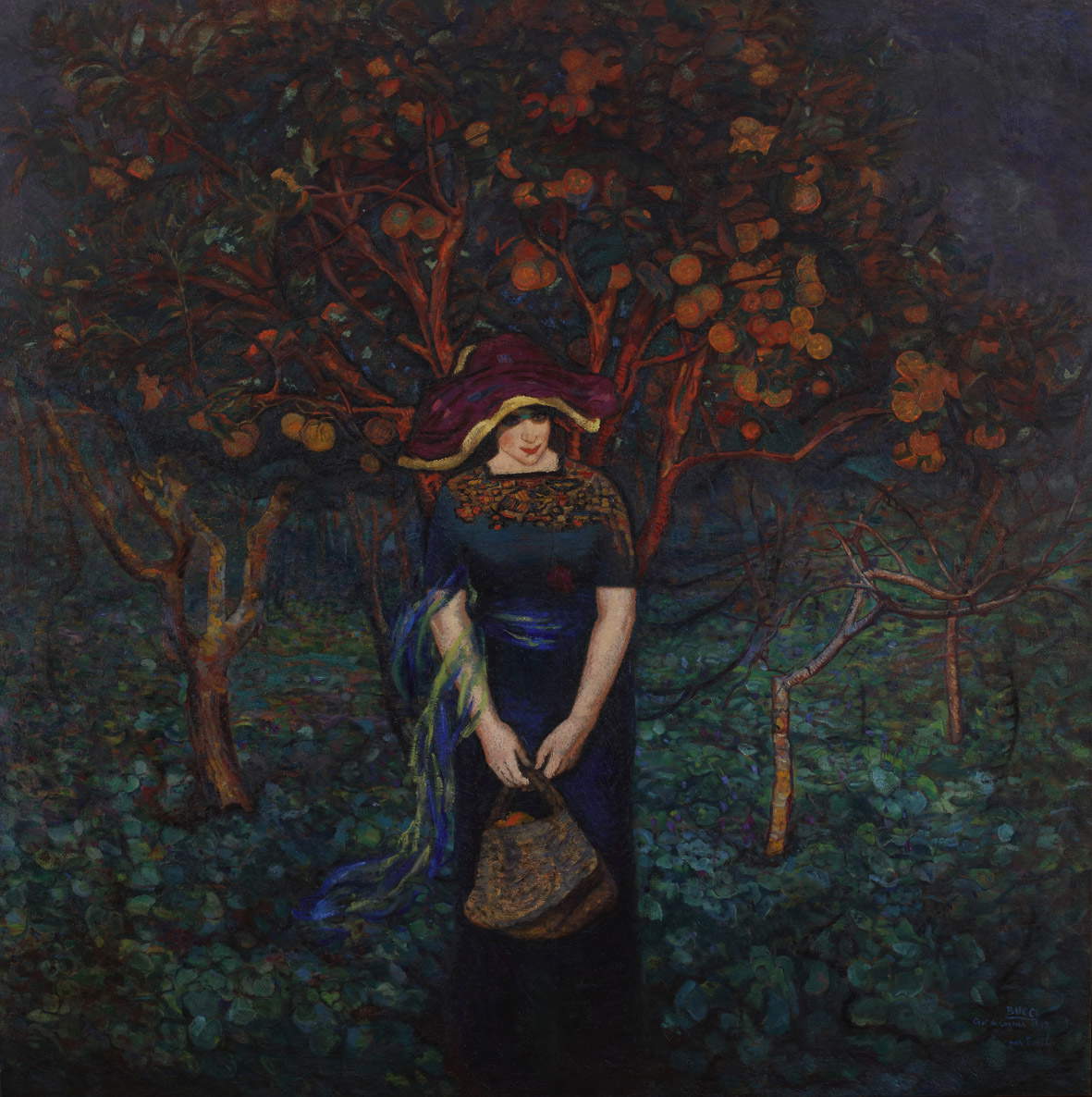
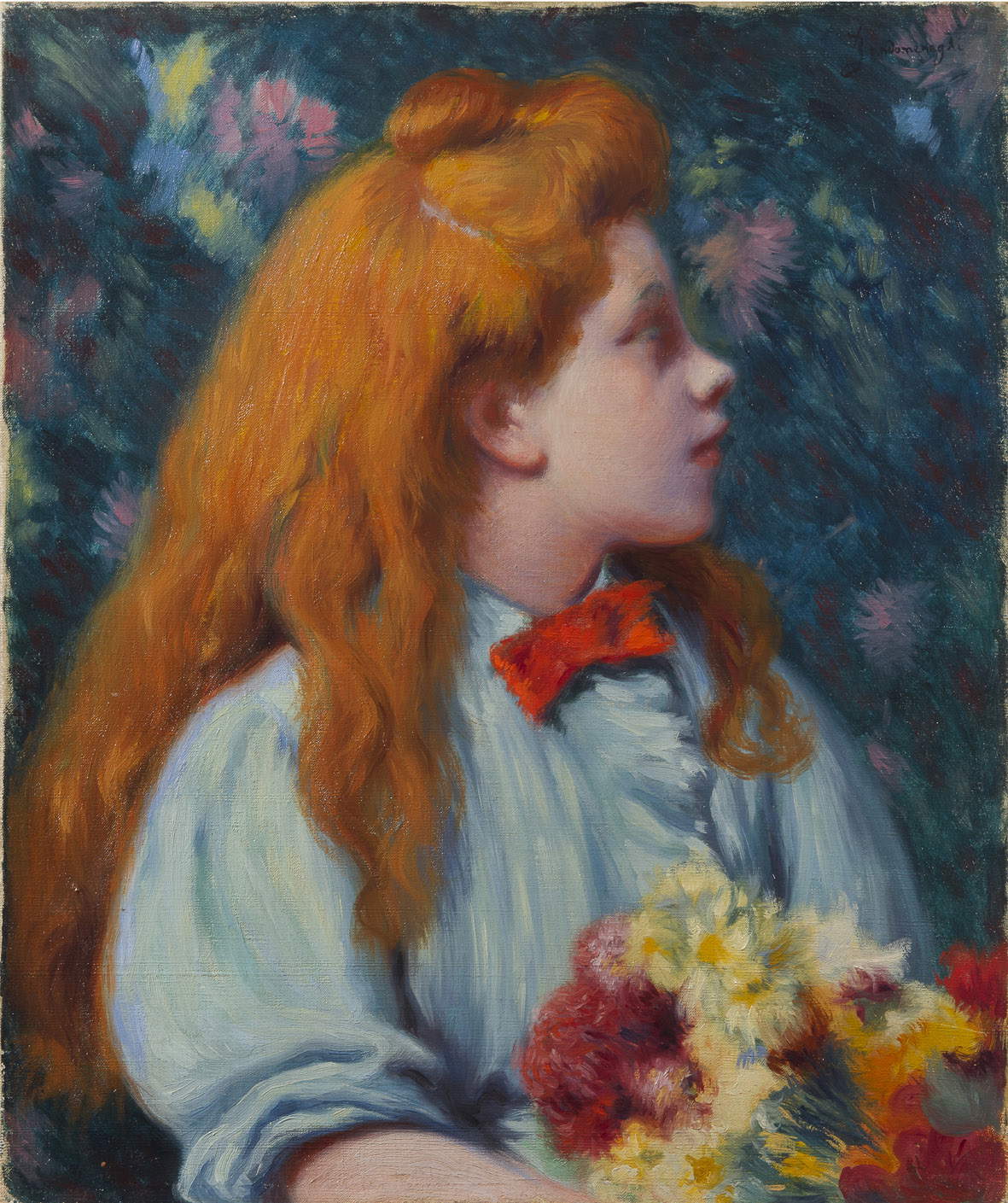
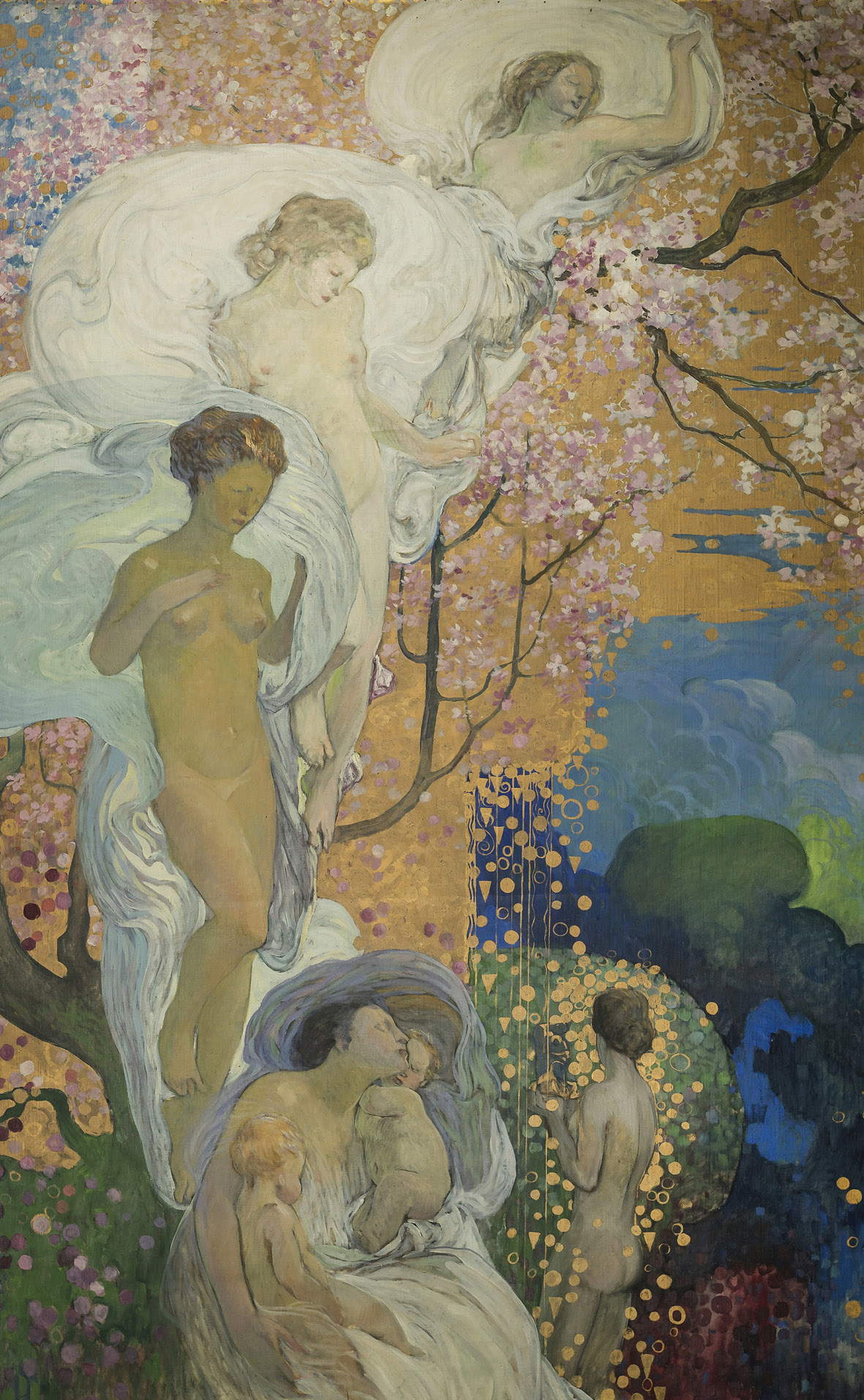
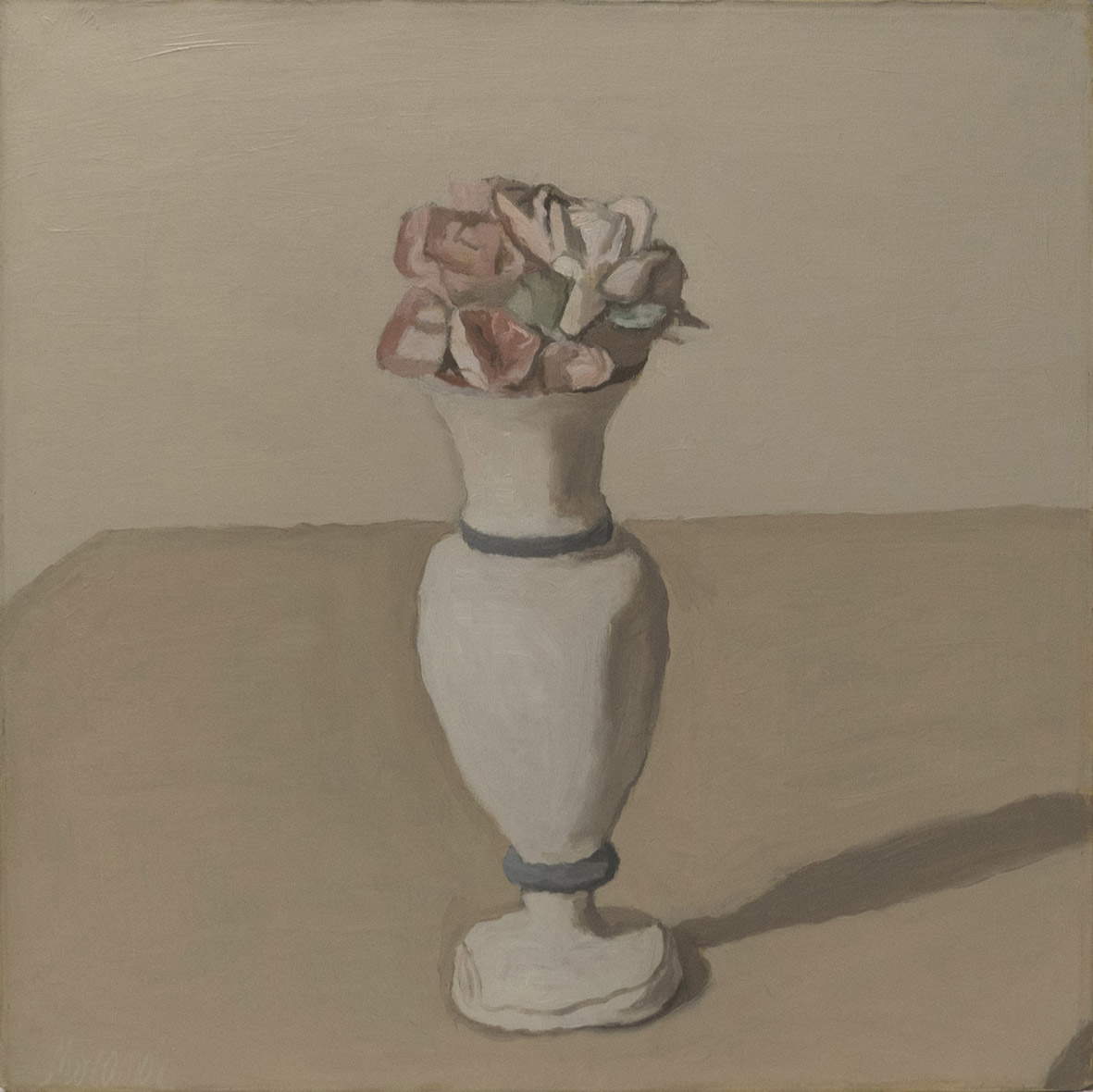
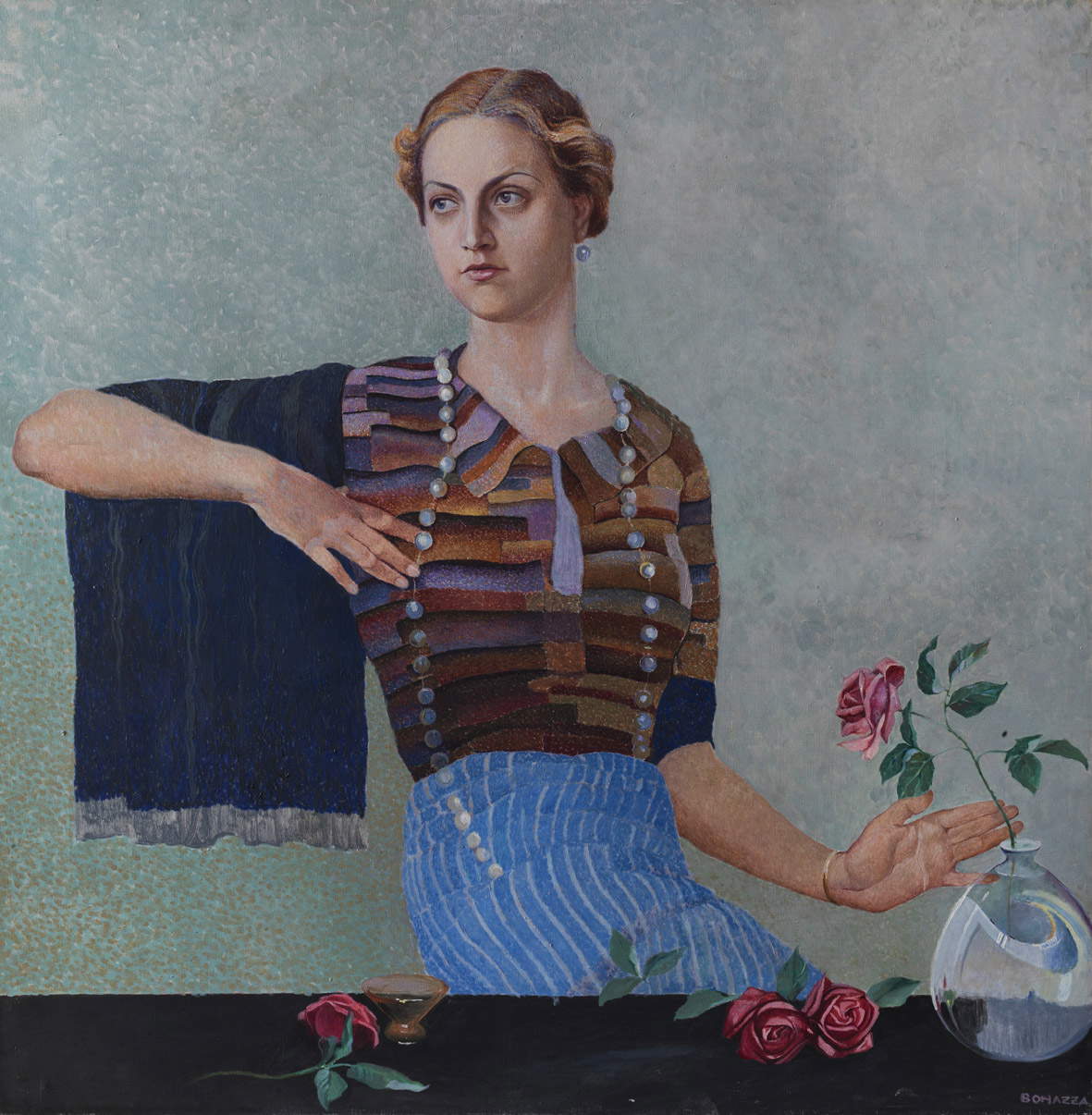
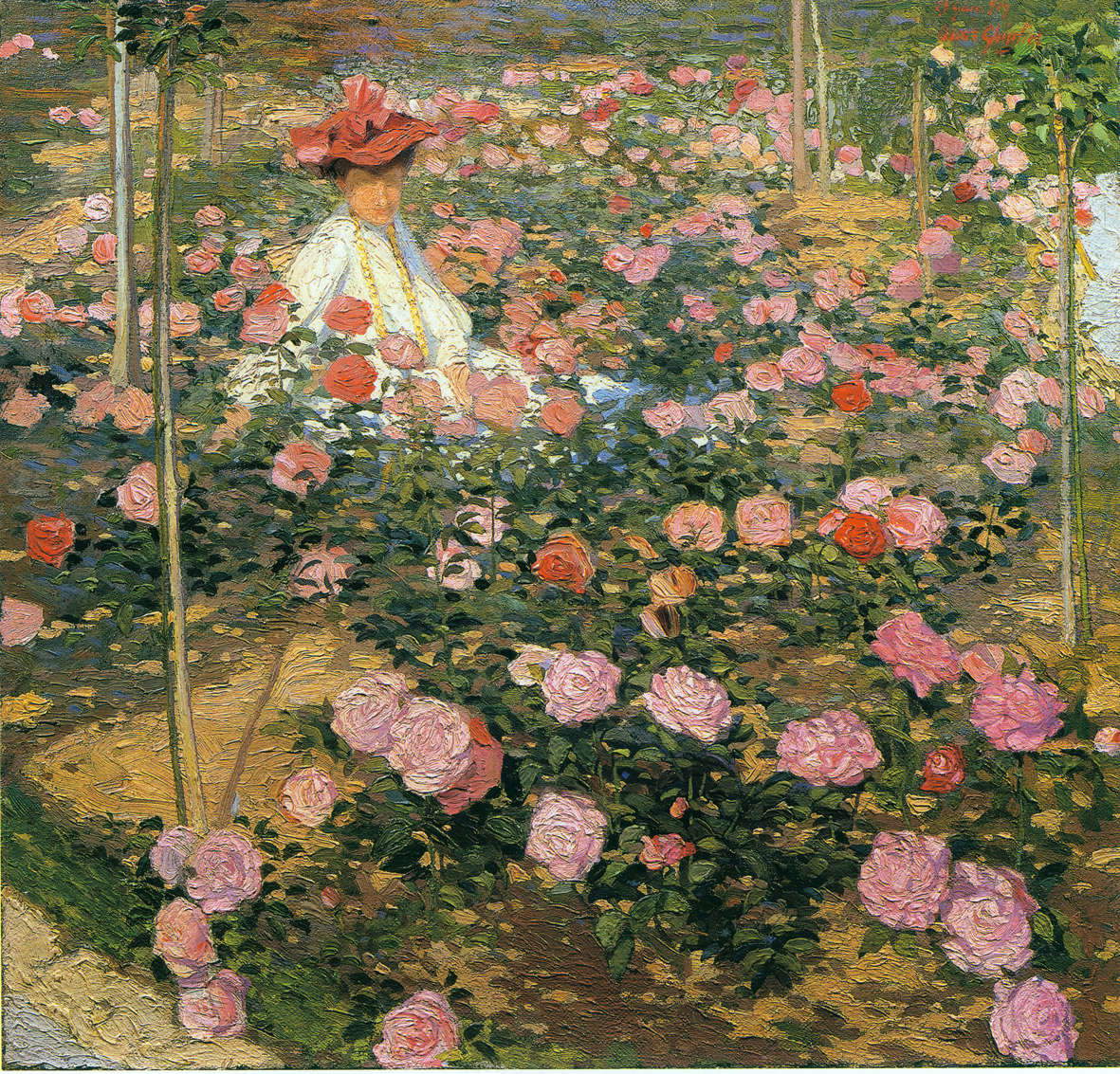
A journey through art between symbolism and the avant-garde
The flower, fragile and ephemeral but also eternal in the collective imagination, has traversed generations of Italian artists, taking on different connotations from time to time. FLORA explores its stylistic and conceptual evolution, starting from the Symbolism of Segantini and Previati to the avant-garde visions of Balla and Depero, and ending with the contemporary experiments of Kounellis, Paolini and Schifano. Prominent among the exhibition’s protagonists are Segantini, Longoni and Fornara’s Hydrangeas, Previati and Donghi’s Dahlias, Depero’s explosions of color with Flora magica and Casorati’s rarefied atmospheres. The path winds its way through Symbolism, Futurism, Magic Realism andAbstraction, until it touches on the most current declinations of floral representation in art. The rooms of the Villa dei Capolavori are thus transformed into ideal gardens, inhabited by works by Pellizza da Volpedo, Chini, Nomellini, Moggioli and Boccioni. The dialogue between past and present is made even more intense by the presence of the Foundation’s permanent collections, which include masterpieces by Monet, Renoir, Cézanne, Dürer, Titian, Goya, Canova and Burri, which belonged to founder Luigi Magnani.
The flower is never a mere ornament, but takes on a strongly symbolic value. For Boldini it becomes an expression of grace and seduction, for de Pisis a poetic and melancholy element, for Morandi a meditative subject. The exhibition devotes a section to female portraits in which flowers play a central role, with works by Boldini, Tito, Zandomeneghi, Balla, Marussig and Fontana. Particularly striking is the nucleus dedicated to the rose, which for centuries has embodied contrasting meanings: passion and purity, love and death. Morandi, Funi, Oppi, Cagnaccio, Pirandello and Mafai offer personal interpretations of the flower, creating a dialogue between different artistic eras. The works on display come from some of Italy’s most prestigious museums, including the Museo del Novecento in Milan, the Galleria d’Arte Moderna e Contemporanea in Rome, the Museo Morandi in Bologna, the Museo Novecento in Florence, the Musei Comunali in Ferrara and the Gabinetto Scientifico Letterario G.P. Vieusseux in Florence. The exhibition project is the result of a collaboration between the Magnani-Rocca Foundation and the Mart of Trento and Rovereto.
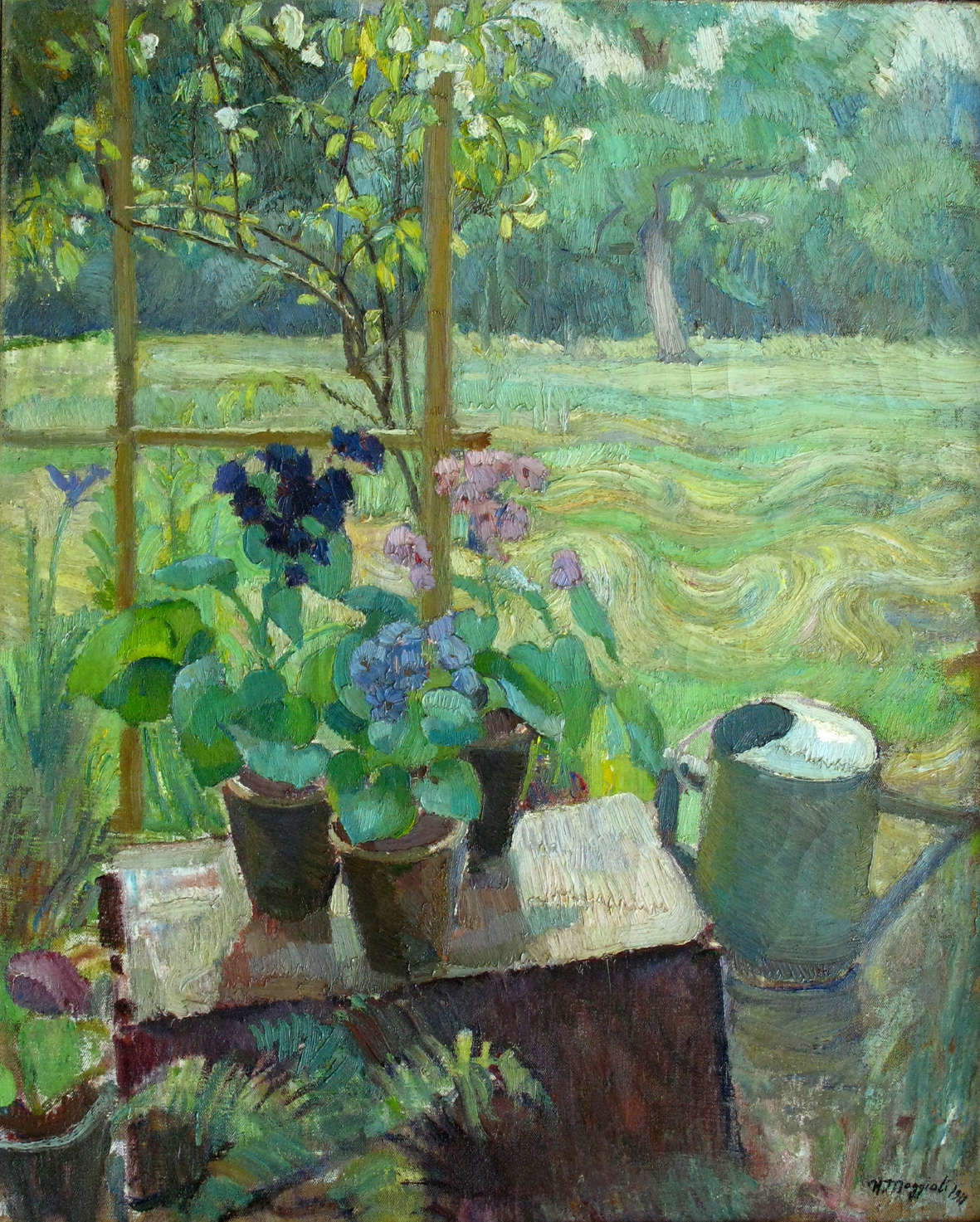
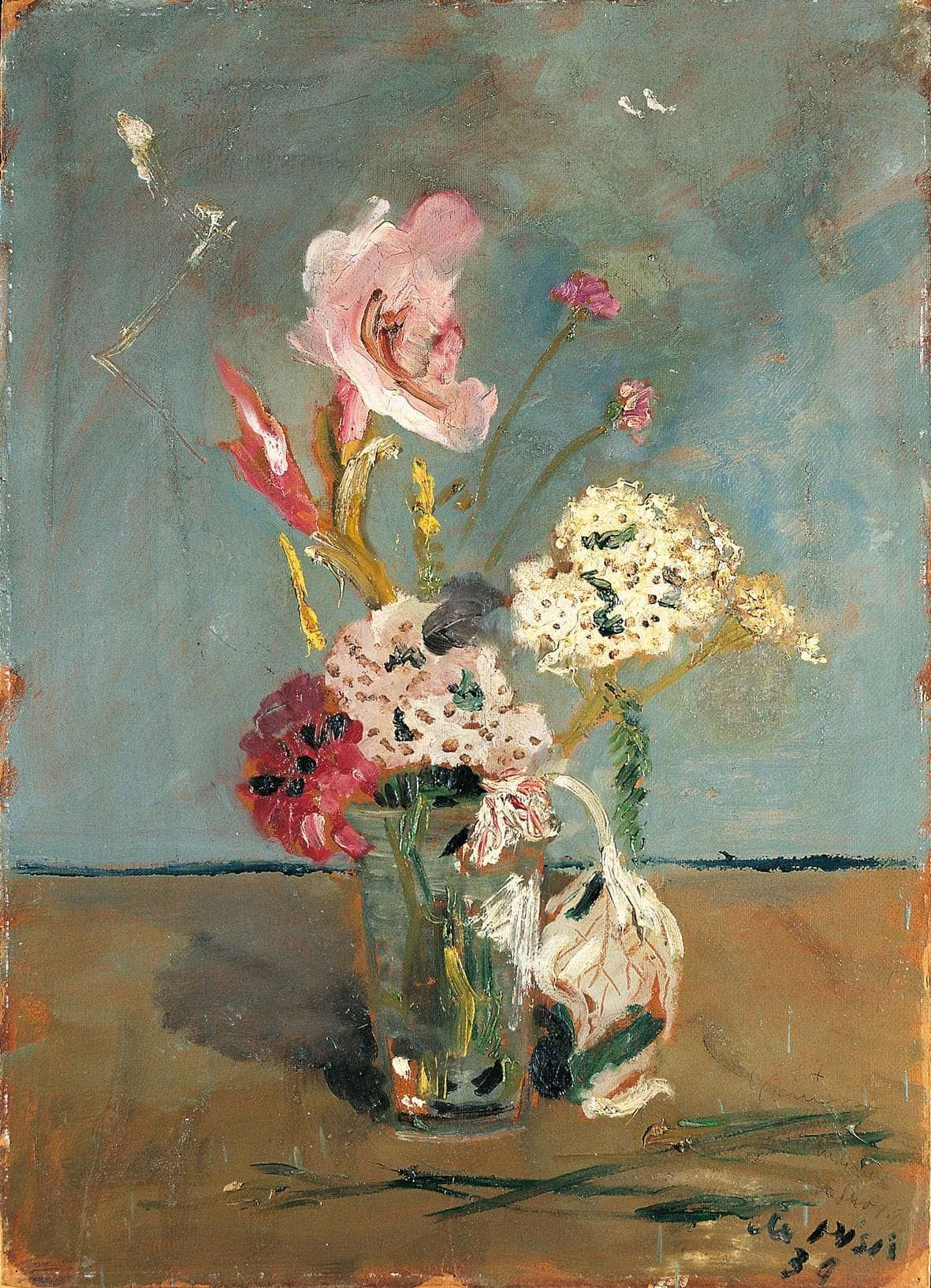
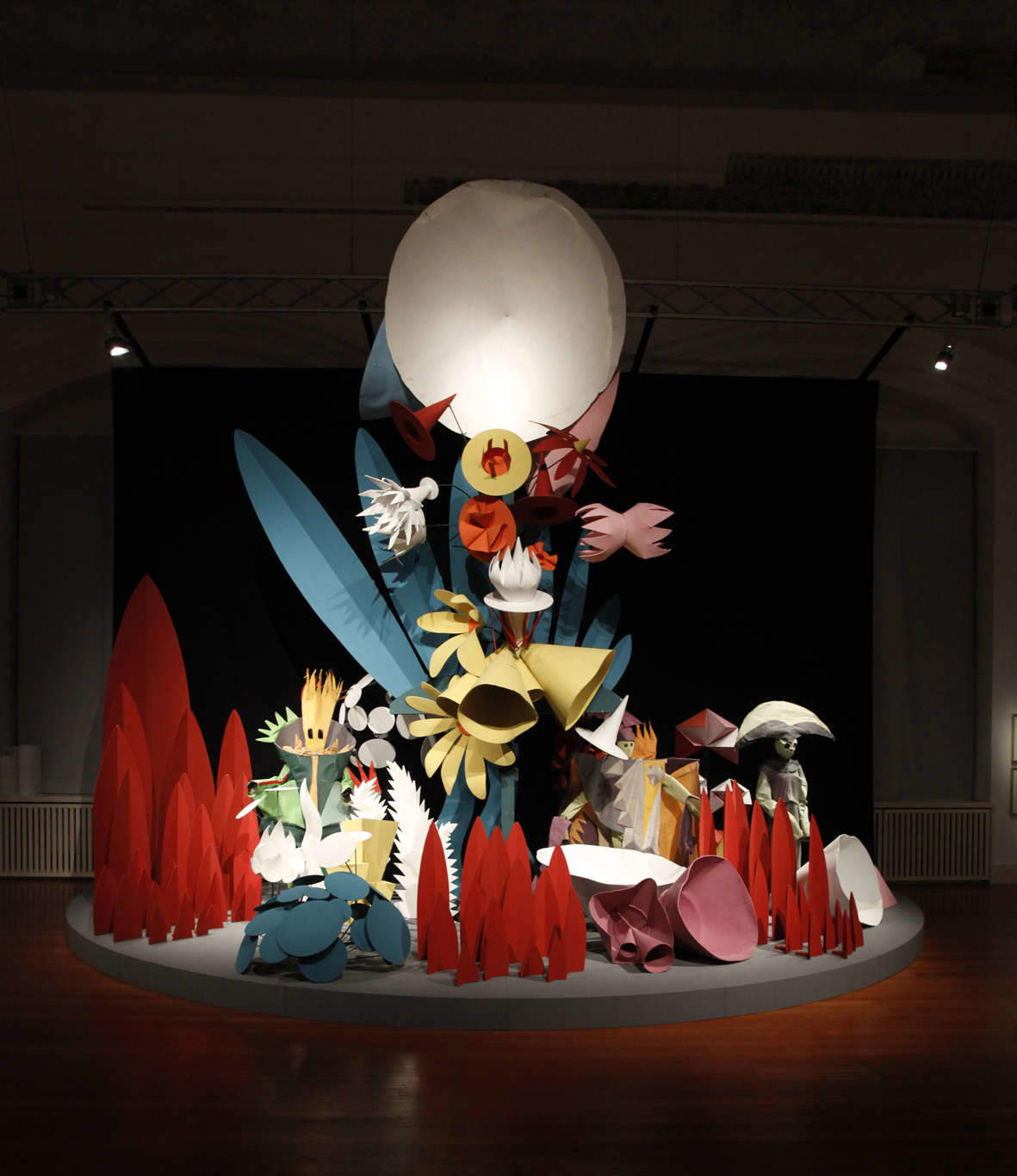
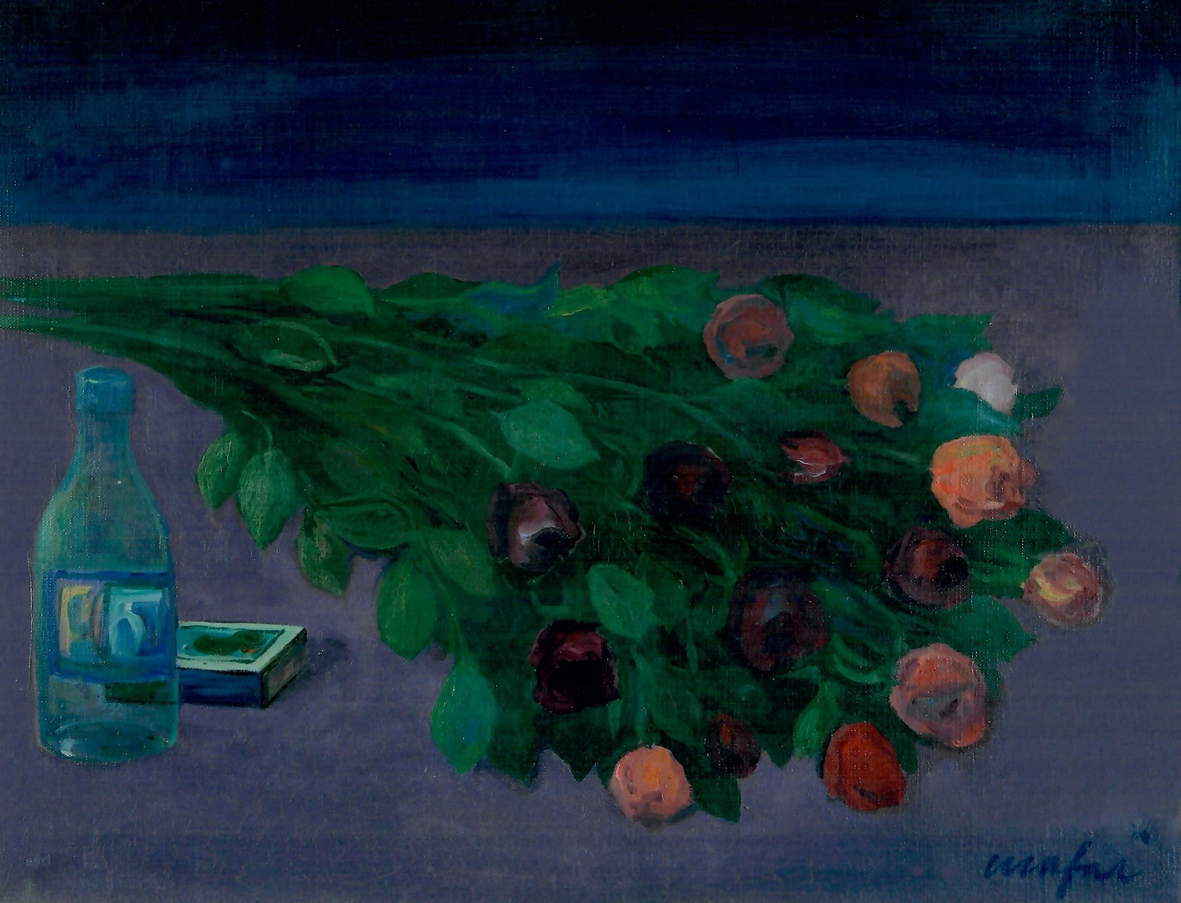
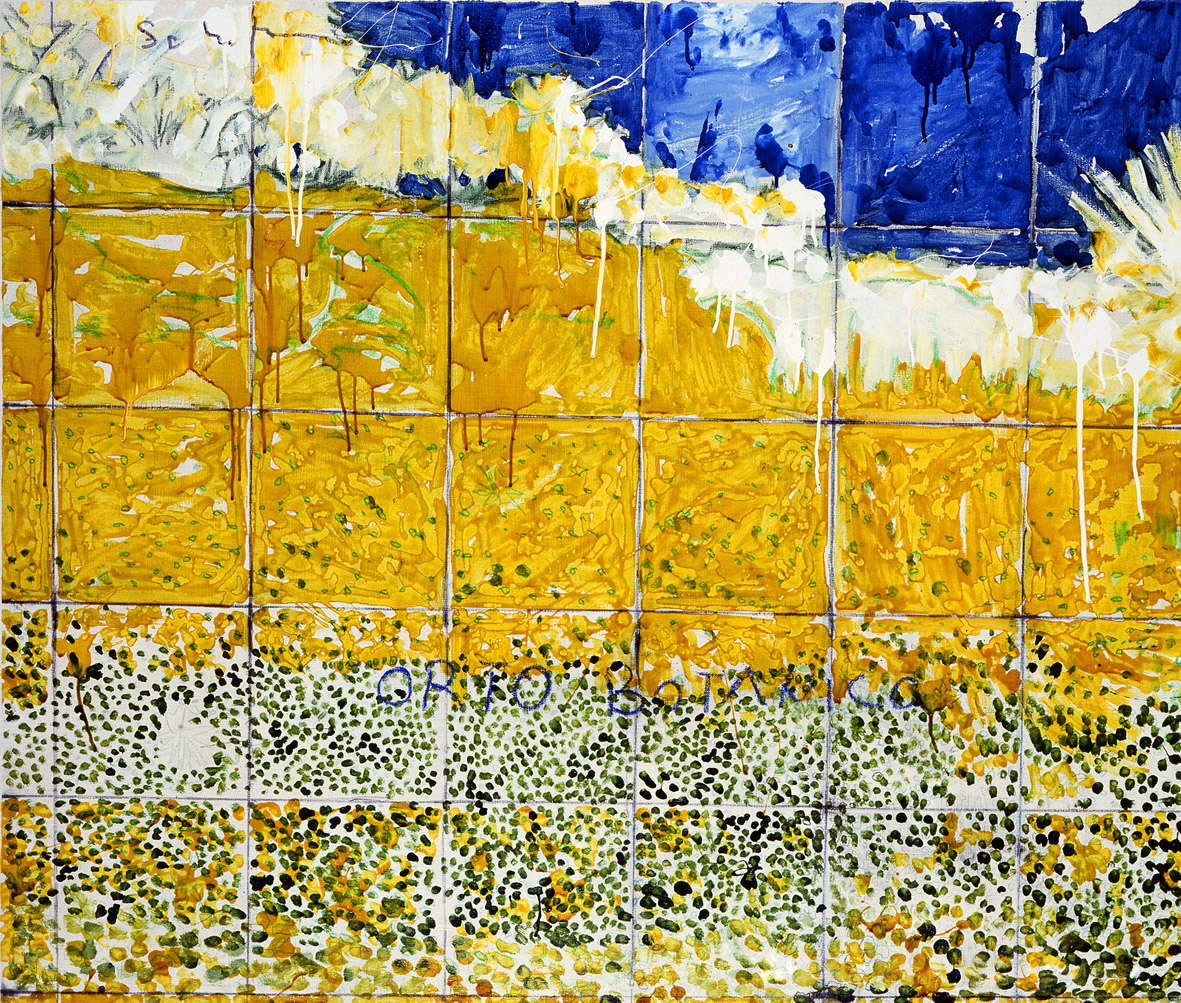
The Romantic Park, a restored landscape masterpiece
In parallel with the exhibition, the Magnani-Rocca Foundation presents the restoration of the Romantic Park surrounding the Villa dei Capolavori. Extending over twelve hectares, the park is an authentic jewel of the Italian landscape and includes an English garden, an Italian garden, and a biolago. Recent restoration work, carried out with the support of the Ministry of Culture and funds from the PNRR, has restored splendor to three monumental trees-a Cedrus libani, a Sequoia sempervirens and a Platanus hybrida-that are part of the List of Monumental Trees of Italy. The park is also home to a new contemporary garden inspired by the New Perennial Movement, a multi-sensory experience where visitors can immerse themselves in an ever-changing landscape, amid colors and scents that change with the seasons. Luigi Magnani, founder of the collection, was among the forerunners of environmental awareness in Italy and contributed to the founding of Italia Nostra, an association committed to the protection of cultural and landscape heritage. The restoration of the Romantic Park fits precisely into this vision and reaffirms the importance of the link between art and nature.
“There is no painter or painter of the 20th century who has not painted flowers, following an intimate vocation and a very personal interpretation, a representational challenge. The flower is a simple subject, but it is also a universe of complex symbols, sophisticated forms and for this reason irresistible,” says Daniela Ferrari.
Entrance fee, also valid for the permanent collections and Romantic Park: 15 euros (reduced 13 euros for groups, 5 euros for schools and under 14).
 |
| Flora, the timeless charm of flowers in Italian art at the Magnani-Rocca Foundation |
Warning: the translation into English of the original Italian article was created using automatic tools. We undertake to review all articles, but we do not guarantee the total absence of inaccuracies in the translation due to the program. You can find the original by clicking on the ITA button. If you find any mistake,please contact us.





